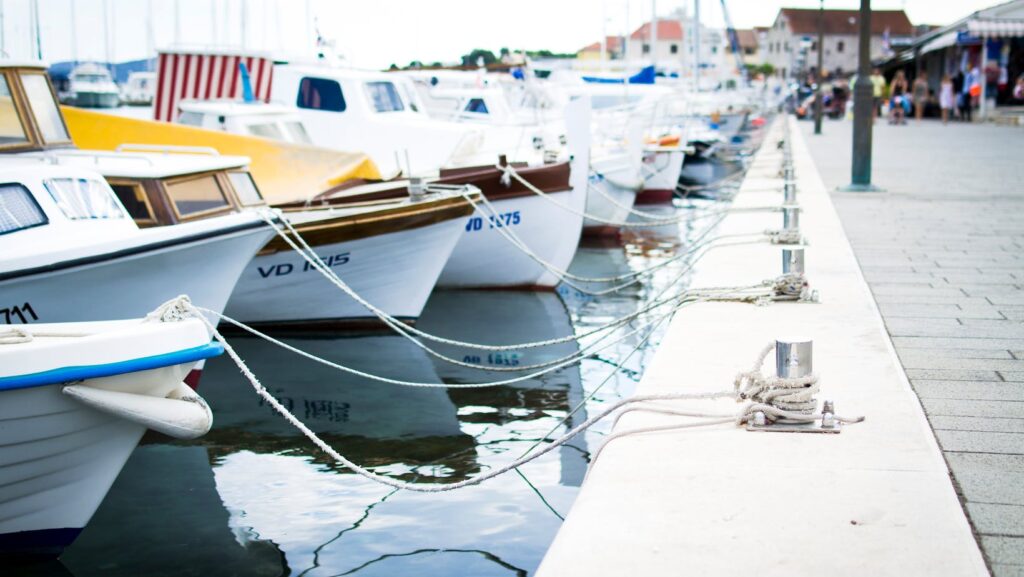Boat windows are more than just a means to enjoy the view while cruising; they play a crucial role in the safety, efficiency, and overall appearance of your vessel.
Choosing the right materials, designing them to fit perfectly, and installing them correctly ensures that your boat looks good and is also sea-ready under various conditions.
Choosing the Right Materials
When it comes to materials for boat windows, the options are many, but not all are created equal. Glass is a traditional choice, known for its clarity and classic look.
It can be tempered or laminated to enhance strength and safety. However, glass is heavy and can be impractical for larger installations.
This is where materials like acrylic and polycarbonate come into play. These plastics are significantly lighter than glass and offer considerable flexibility in terms of shaping and sizing.
They are particularly resistant to impact, an essential feature for rough sea conditions. Polycarbonate, for instance, is virtually unbreakable and is often used in areas where safety is paramount.
For those looking to enhance functionality, tinting and coatings are essential. UV protective coatings help prevent sun damage both to the boat’s interior and to occupants, while anti-glare treatments improve visibility for safer navigation.
Design Considerations
The design of boat windows goes beyond looks; it impacts the vessel’s functionality. The shape and size of the windows should complement the boat’s lines without compromising structural integrity.
Frame materials also play an important role. Aluminium frames are popular due to their corrosion resistance and strength, but stainless steel or composite materials can offer greater durability and a sleeker look.

Sealing and waterproofing are critical in window design. Proper gaskets and sealants prevent water ingress, which can lead to damage and mildew. Here, the precision of CNC Routing services becomes a much-needed option.
These services allow for meticulous cutting and shaping of materials, ensuring that each window fits perfectly with its frame, minimizing the risk of leaks, and maximizing durability.
Installation Insights
Deciding between doing it yourself (DIY) and professional installation can be tricky. If you possess a good understanding of tools and materials, a DIY approach might save you money.
However, professional installation is recommended to ensure that the windows are set up correctly and safely.
The tools required might include drills, jigsaws, sealants, and fasteners. A typical installation process involves precise measurement, careful cutting of the window opening, securing the frame, and applying sealant to prevent water entry.
Avoid common mistakes like over-tightening screws, which can crack acrylic or polycarbonate windows, and ensure all edges are sealed against moisture.
Maintenance and Care
Maintaining your boat windows involves regular cleaning with suitable products that won’t scratch or degrade the material. For acrylic and polycarbonate, avoid ammonia-based cleaners, as they can cause cloudiness over time.

Scratches or minor damage can often be repaired with DIY kits, but significant damage might require complete replacement.
Wrapping Up
The choice of materials, design considerations, and installation techniques you employ can significantly impact the longevity and performance of your boat windows.
With the right approach, your boat windows can offer clarity, durability, and peace of mind, making every voyage as enjoyable as it is safe.
